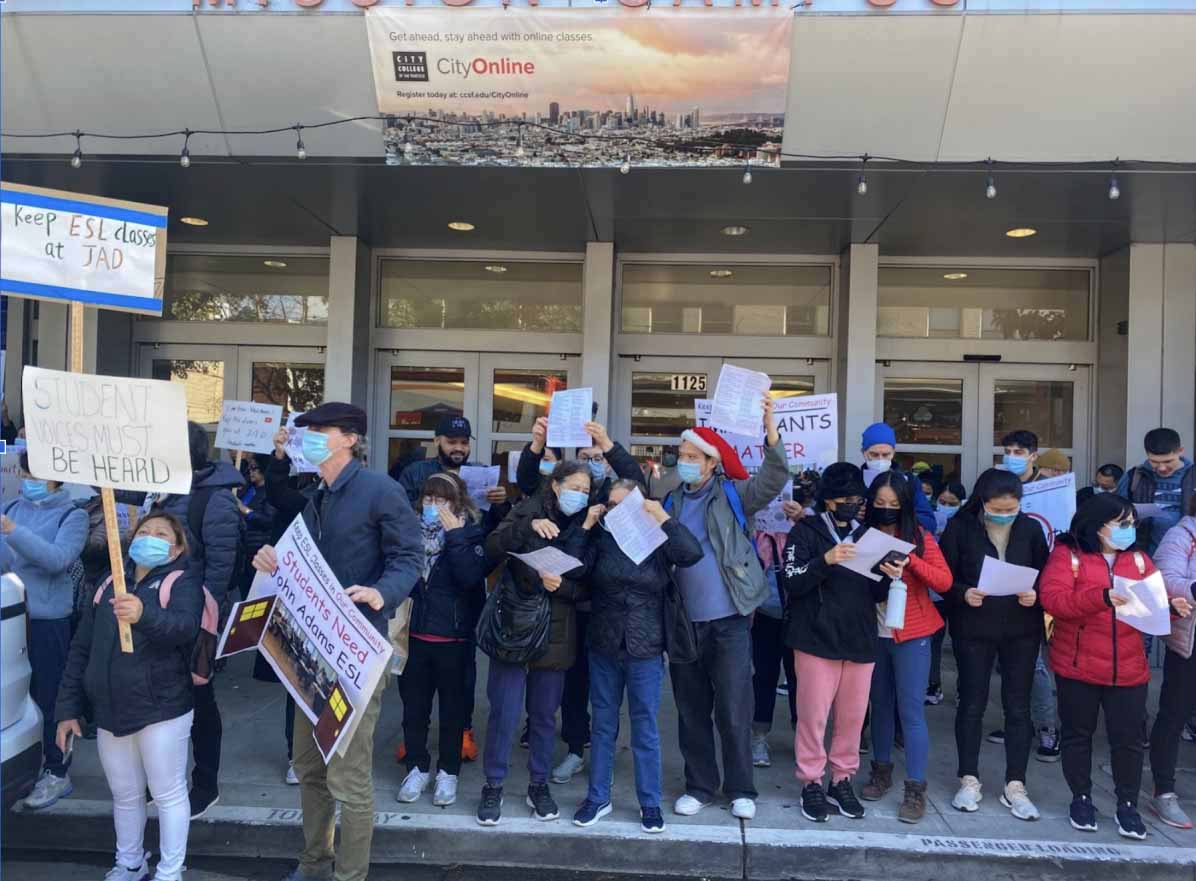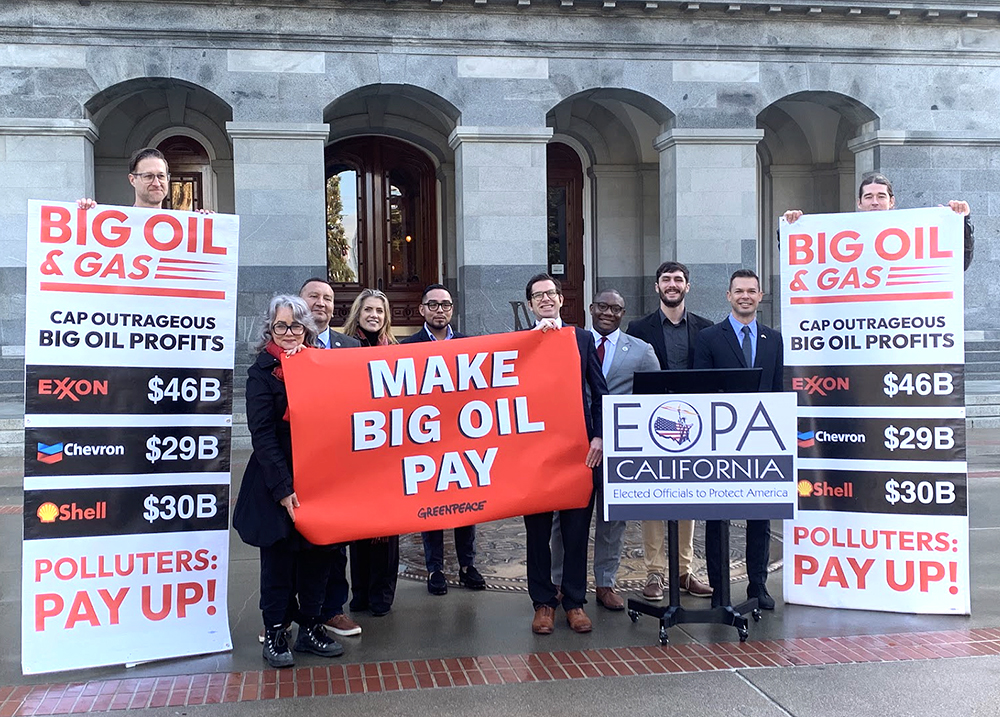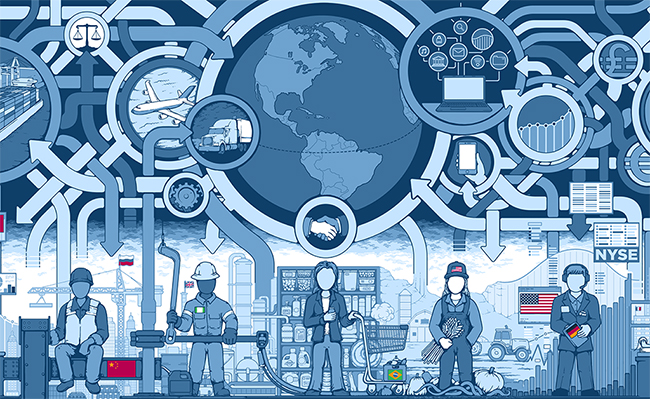by MND Staff
Mexico News Daily
January 11, 2023 – The presidents of Mexico and the United States and the prime minister of Canada made and reaffirmed shared commitments across a range of areas including security and migration during the 10th North American Leaders’ Summit (NALS) in Mexico City on Tuesday.
At a press conference following the trilateral talks, President López Obrador described his meeting with U.S. President Joe Biden and Canadian Prime Minister Justin Trudeau as a “historic event” and offered glowing assessments of both his North American counterparts.
In a joint statement — titled Declaration of North America (DNA) — the governments of the three countries said that the three leaders “are determined to fortify our region’s security, prosperity, sustainability and inclusiveness through commitments across six pillars: 1) diversity, equity, and inclusion; 2) climate change and the environment; 3) competitiveness; 4) migration and development; 5) health; and 6) regional security.”
Among the commitments mentioned in the statement were those to:
– Protect civil rights, promote racial justice, expand protections for LGBTQI+ individuals and deliver more equitable outcomes to all.
– Take rapid and coordinated measures to tackle the climate crisis and respond to its consequences.
– Deepen our regional capacity to attract high quality investment, spur innovation, and strengthen the resilience of our economies.
Forge stronger regional supply chains in order to boost regional competitiveness.
– Ensure safe, orderly, and humane migration under the Los Angeles Declaration on Migration and Protection.
– Address the root causes and impacts of irregular migration and forced displacement.
– Support countries across the Western Hemisphere to create the conditions to improve quality of life.
– Launch an updated North American Plan for Animal and Pandemic Influenza to improve prevention, preparedness, agility, and to provide rapid response to health emergencies in – North America.
– Focus on strategies to bolster our shared continental security against domestic, regional, and global threats, including cyber threats.
– Enhance trilateral work to address the use of precursor chemicals in the production of illegal substances in North America and to disrupt drug trafficking.
“The commitments made during this summit are rooted in a shared vision for a more equitable, just, inclusive, resilient, secure, and prosperous North America and a shared responsibility to achieve more equitable outcomes responsive to the needs and aspirations of our citizens,” the statement said.
The two presidents and prime minister offered their own assessments of the trilateral relationship at a joint press conference at the National Palace.
Flanked by Biden and Trudeau, López Obrador said that the meeting of the three leaders, “as good neighbors in an environment of respect to together seek the well-being of our peoples,” was “a historic event in itself.”
He said that the three countries agreed to strengthen their economic and trade relations and would seek to become more self-sufficient — that is, less reliant on imports, especially those from Asia. To that end, the three countries will establish a joint committee, López Obrador said.
The 12-person expert committee — which will include three Mexican cabinet ministers — will “have our complete confidence to motivate, persuade and convince business people, workers and public servants of the three governments about the importance … of joining forces in North America and, moving forward, seeking the union of the entire American continent,” he said.
In opening remarks at bilateral talks with Biden on Monday, López Obrador also advocated greater economic integration of Western Hemisphere nations.
Later in his address on Tuesday, AMLO asserted that the three North American partners must address “the scourge of violence and the migratory phenomenon with a humanitarian focus” and via the provision of “opportunities for well-being.”
“People are good by nature, and it’s the circumstances [they face] that sometimes force some of them to go down a path of anti-social behavior,” he said.
López Obrador thanked Trudeau for his “extraordinary and fraternal” temporary work visa program that has benefited over 25,000 Mexicans, and described the prime minister as “a great ally of Mexico.”
“To President Biden, my sincere gratitude for maintaining a relationship of cooperation with Mexico, a relationship of sincere friendship, of respect for our compatriots who honorably live and work in United States and are not harassed and don’t suffer from raids that unfortunately occurred at other times,” he said.
“We’ve said it before and I repeat it now: You are the first United States president in a long time that hasn’t built even a meter of wall [on the Mexico-U.S. border] and we’re grateful for that, even though the conservatives don’t like it,” López Obrador said.
He also said he asked Biden to urge the U.S. Congress to regularize the migratory status of millions of undocumented Mexicans who have been living and working in the United States, and “contributing to the development of that great nation,” for years.
The U.S. president spoke first at the joint news conference, and declared that the United States, Mexican and Canadian leaders are “true partners.”
“We’re working together with mutual respect and a genuine like for one another,” Biden said.
At the top of the trilateral agenda, he said, is “keeping North America the most competitive, prosperous and resilient economic region in the world.”
“… The strength of our economic relationship … not only supports good-paying jobs in all of our countries but generates tremendous growth. Now we’re working … to strengthen our cooperation on supply chains and critical minerals so we can continue to accelerate in our efforts to build the technologies of tomorrow right here in North America,” he said.
Biden, who is facing pressure from U.S. Republicans to do more to combat irregular migration, said that the entire Western Hemisphere “is experiencing unprecedented levels of migration, greater than any time in history,” and noted that a “regional-wide approach to a regional-wide problem” was launched at the 2021 NALS in Washington, D.C.
“The idea grew into the Los Angeles Declaration on Migration and Protection, which 21 countries ultimately adopted at the Summit of the Americas six months ago,” he said.
“And we’re working together especially with our North American partners to fulfill our commitments under that declaration,” Biden continued. “They include the policies I announced last week to expand safe and legal pathways for immigrants from Nicaragua, Cuba and Haiti. … We also want to thank you, Mr. President, for stepping up to receive into Mexico those not following the lawful pathways we’ve made available.”
For his part, Trudeau said that the three North American nations “share deep ties as friends and trading partners,” are home to half a billion people and have an “extraordinarily strong innovation ecosystem” as well as a combined GDP that is larger than that of the European Union.
“As leaders we are all committed to driving economic growth that supports the middle class and those working hard to join it. … People remember what happened just a few years ago when the certainty of this partnership was in question,” he said.
“Investors, businesses, workers and citizens all worried about what would happen. When free trade is at risk, that isn’t good for competition in the global market. Thankfully the belief in free and fair trade won the day, we renegotiated and we got an even better [trade] deal. To put it simply, we are, and always will be, stronger together.”
The Canadian prime minister also held bilateral talks with Biden on Tuesday, and is scheduled to meet one-on-one with López Obrador on Wednesday. AMLO met with Biden on Monday, and in frank opening remarks accused the U.S. of abandoning other countries in the region during the past 50 years.












